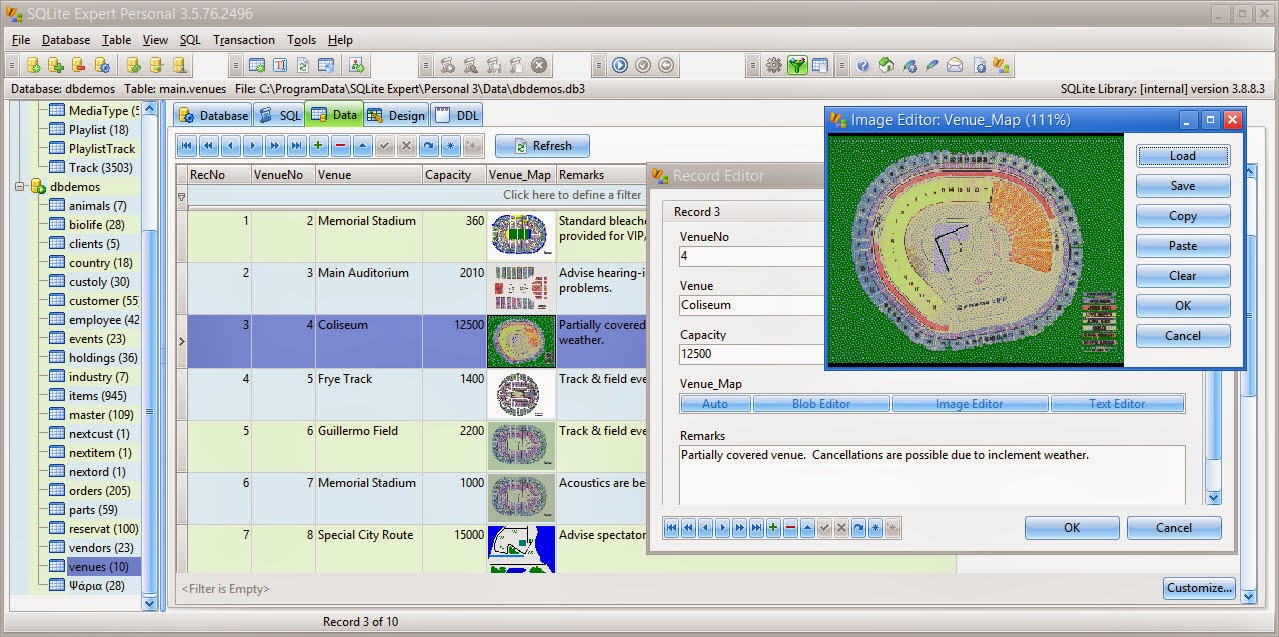My TP-Link TL-WDR3600 N600 wireless dual band gigabit router is located upstairs near the center of the house, and my HiMedia Q5II Android 3D smart TV + media player box is located downstairs.
There is no problem for the HiMedia Q5II box to connect wirelessly to the TP-Link wireless router, until one day, when I streamed a 1080P full HD movie stored in my Transcend StoreJet 25A3 USB 3.0 1TB external harddisk which connected to the TP-Link wireless router with USB cable, over the air through WiFi to my HiMedia Q5II box which connected to my TV with HDMI cable. The movie didn't play smoothly on the TV.
As a result, I decided to boost my home WiFi coverage with a TP-Link TL-WA860RE 300Mbps WiFi range extender. The price of this WiFi range extender is just slightly below RM100.
I place this TP-Link TL-WA860RE downstairs near the center of the house, so that it can connect wirelessly with the TL-WDR3600 upstairs, and act as WiFi repeater to boost up the WiFi signal downstairs.
Now my HiMedia Q5II TV box is able to play 1080P full HD movie streamed from my Transcend external harddisk without problem.
Beside able to act as WiFi repeater to expand the WiFi coverage and boost up the WiFi signal, this TP-Link TL-WA860RE has one 10/100Mbps Ethernet LAN Port at its bottom, enabling it to become a WiFi bridge to wiredly connect to its network client using a LAN cable.
It also comes with an AC power passthrough socket in front, so that the power socket it plugged into is not wasted, and can still connect to electrical device up to 13 Amperes.
This TP-Link TL-WA860RE WiFi range extender is able to connect with the WiFi AP/router in either
Universal or
WDS mode.
The Universal mode can work with almost any kind of WiFi AP/router running at 2.4GHz frequency range. However, it might not be compatible with certain applications running in the WiFi clients.
The WDS mode is compatible with same TP-Link brand of wireless AP/router that also support WDS. It does not work with WiFi AP/router that doesn't support WDS, and it might not work well with other brand of WiFi AP/router even WDS is supported. It will not have applications compatibility issue with the WiFi clients.
Theoretically, passing of network packets in the range extender is more efficient with the WDS mode.
In order to enable WDS mode of connection, wee need to
enable WDS bridging in the host AP/router and inform it about the range extender's SSID, MAC address and encryption method.
You can access to the web-based admin page of the TP-Link TL-WA860RE WiFi range extender by pointing your web browser's URL to
http://tplinkrepeater.net/ or
http://192.168.0.254 .
You must also provide the SSID and MAC address of the host AP/router information to the range extender.
When the SSID of the range extender is set to be the same with the WiFi AP/router, your mobile devices will automatically switch over to the WiFi provider with the stronger signal at its location. However, you might face problem of the mobile device keeps on connecting and disconnecting, switching from one WiFi provider to another, at the area where their signal are about equal strength.
You can also set the SSID of the range extender to be different from the WiFi AP/router. This will give you easier control over your mobile device to manually decide which WiFi provider it should connect to. Your mobile device is still able to automatically switch over to SSID with stronger signal when its WiFi connection with current connected provider is too weak to maintain the link and transmit data.
The wireless security setting must pair with the same setting in the host AP/router.
The TP-Link TL-WA860RE WiFi range extender also has a WPS button to pair with the host WiFi AP/router easily. However, this will connect it to its upstream AP/router using the universal mode instead of WDS mode.
One drawback of using WiFi range extender is that, its wireless connection is designed to work in half-duplex mode. This mean it cannot "talk" with the host AP/router and the wireless client at the same time. To relay the data over the air, it first talk with the transmitting wireless device, and then talk with the target device to pass the data on. Therefore, although the TP-Link TL-WA860RE supports wireless throughput of up to 300Mbps, when working in wireless repeater mode, the bandwidth is shared between the data sending and target devices, so each of them will get a throughput of around 150Mbps only.
On the other hand, when the TL-WA860RE is working in wireless bridge mode whereby one of the device is connected wirelessly and another device is connected through LAN port, the device connected wirelessly will get the maximum throughput of 300Mbps, while the one connected with LAN cable will get a maximum throughput of 100Mbps. The effective maximum connection bandwidth will be limited to 100Mbps, which is the highest at its Ethernet LAN port.
Bear in mind that the actual connection speed depends on the lowest supported connection speed of the 2 connected devices. Over the air, the wireless connection speed is further reduced over distance, physical blockage and signal interference with other wireless devices (such as neighbours' WiFi, cordless phone, Bluetooth devices, etc.) around the area.














